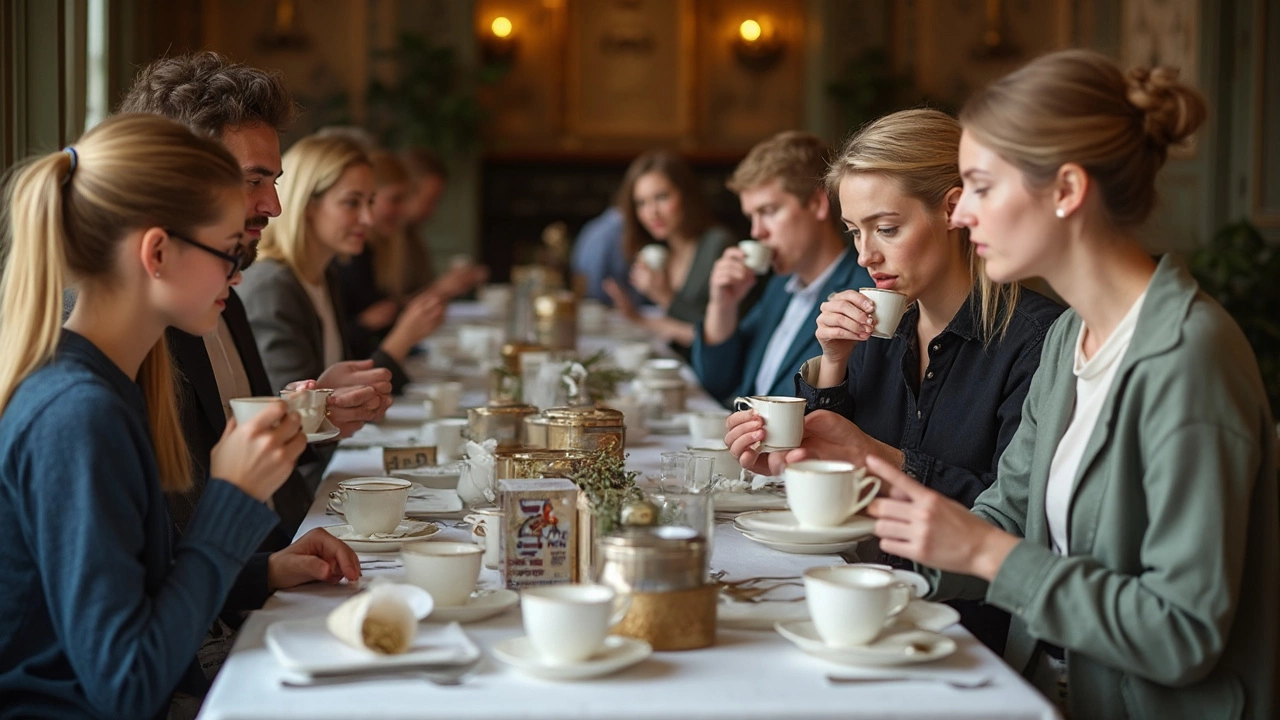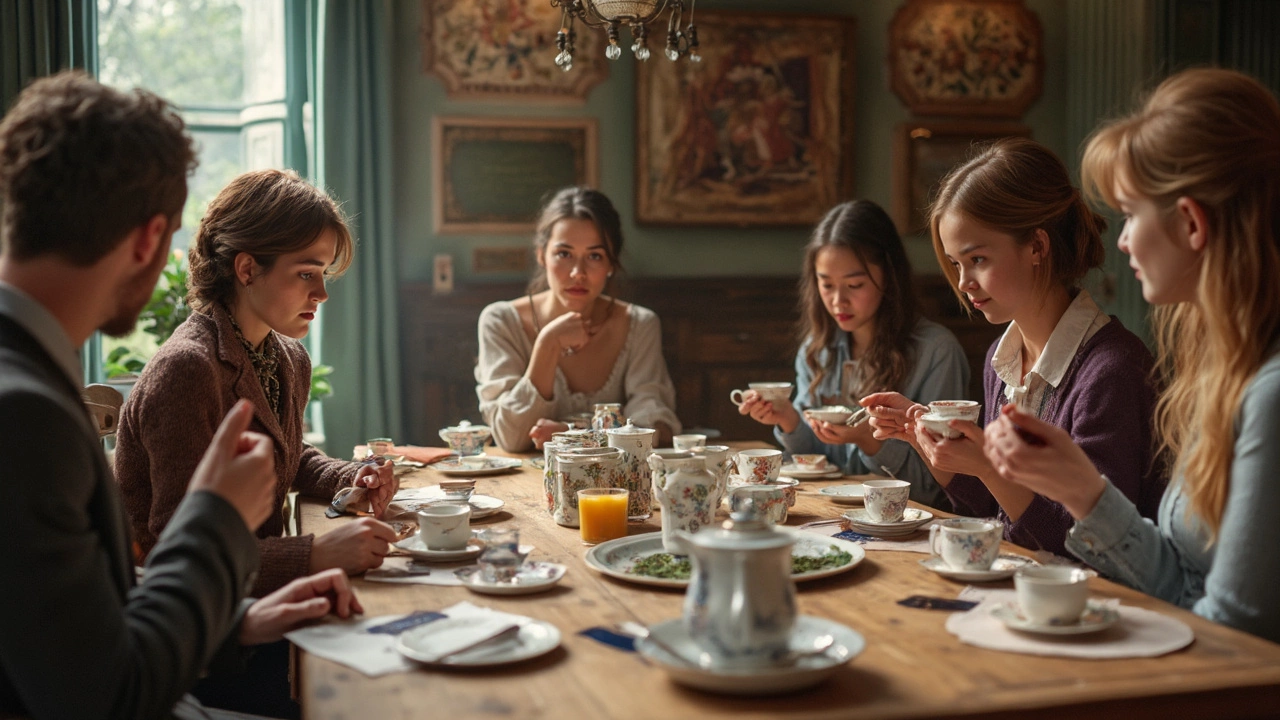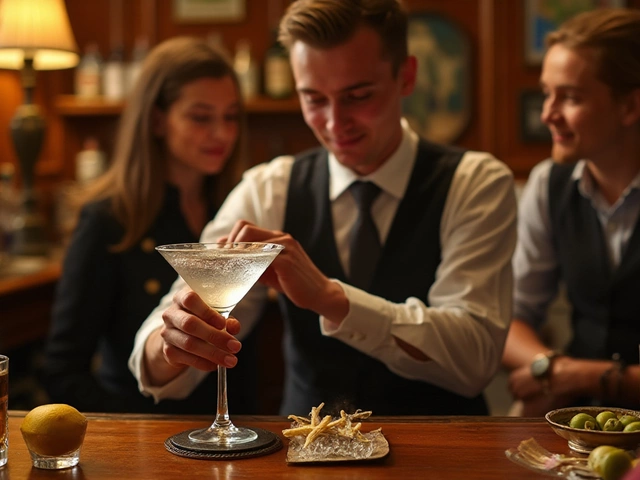Tea Tips – Simple Tricks for Perfect Cups
Whether you sip green, black, or herbal tea, the little details make a big difference. Below are straightforward tips you can use today to get a better brew, enjoy tastings, and pair snacks without overthinking it.
Brewing Basics
Start with fresh, cold water. Tap water that’s been sitting can taste flat, and hard water leaves mineral deposits on your kettle. Bring the water to a boil, then let it cool for a few seconds for black tea (around 95°C) or a minute for green and white teas (around 80°C). Too hot water burns delicate leaves and gives a bitter bite.
Measure the tea correctly: about one teaspoon of loose leaf per cup (8 oz). If you use tea bags, don’t squeeze them – that releases tannins and makes the tea astringent. Put the leaves in a teapot or infuser, pour the hot water, and set a timer. Black tea needs 3–5 minutes, green tea 2–3 minutes, herbal blends 5–7 minutes. Stir once, then remove the leaves. Over‑steeping is the most common cause of bad tea.
Store your tea in an airtight container away from light, heat, and strong smells. A simple tin with a rubber seal works. For green tea, keep it in the fridge if you bought it in bulk – it stays fresh longer. If you ever wonder whether that tea from the back of your pantry is still good, give it a sniff. If it smells stale or musty, toss it.
Tasting & Pairing
Tea tasting is like wine tasting: look, smell, sip. Hold the cup up to light, notice the color, then inhale gently. You’ll pick up floral, grassy, or nutty notes. Take a small sip, let it coat your tongue, and note the flavor’s length. If you want to get serious, keep a notebook of your impressions – it helps you spot patterns and improve your palate.
When you host a tea tasting, choose a theme – a single region, a type of oxidation, or a mix of herbal blends. Offer plain water and a neutral cracker to cleanse the palate between pours. Pairings don’t have to be fancy; a few bite‑size biscuits, a slice of mild cheese, or a small fruit tart all work. The rule of thumb is to match intensity: light teas with delicate snacks, robust teas with richer foods.
Safety tip: old tea isn’t automatically dangerous, but a 10‑year‑old bag stored in a damp place can develop mold. If you suspect any off‑smell or discoloration, it’s best to skip it. Fresh tea delivers the best flavor and avoids any health risk.
Finally, have fun experimenting. Try a splash of citrus, a dash of honey, or a pinch of cinnamon in your brew. Small tweaks can turn a regular cup into something special. Keep these tips handy, and you’ll notice better flavor, smoother tastings, and more confidence when you share tea with friends.
Is slurping your tea actually rude, or is it a sign you really know your stuff? This article breaks down when slurping is totally fine and when it’s frowned upon. You’ll get a look at why slurping matters in professional tea tasting, the roots of tea etiquette, and how different cultures see it. If you want to enjoy your next cup of tea with confidence, these tips will help you get it just right. Get the facts and avoid awkward moments.
View DetailsTasting tea can get confusing when it comes to astringency and bitterness. These two sensations often get mixed up, but understanding the difference makes all the difference in enjoying your brew. This article digs into what each one actually is, why they show up in your cup, and how to spot (and even control) them. You'll get useful tips to fine-tune your palate and brew a cup that's just right for you. Get ready to master the art of tea tasting.
View Details


